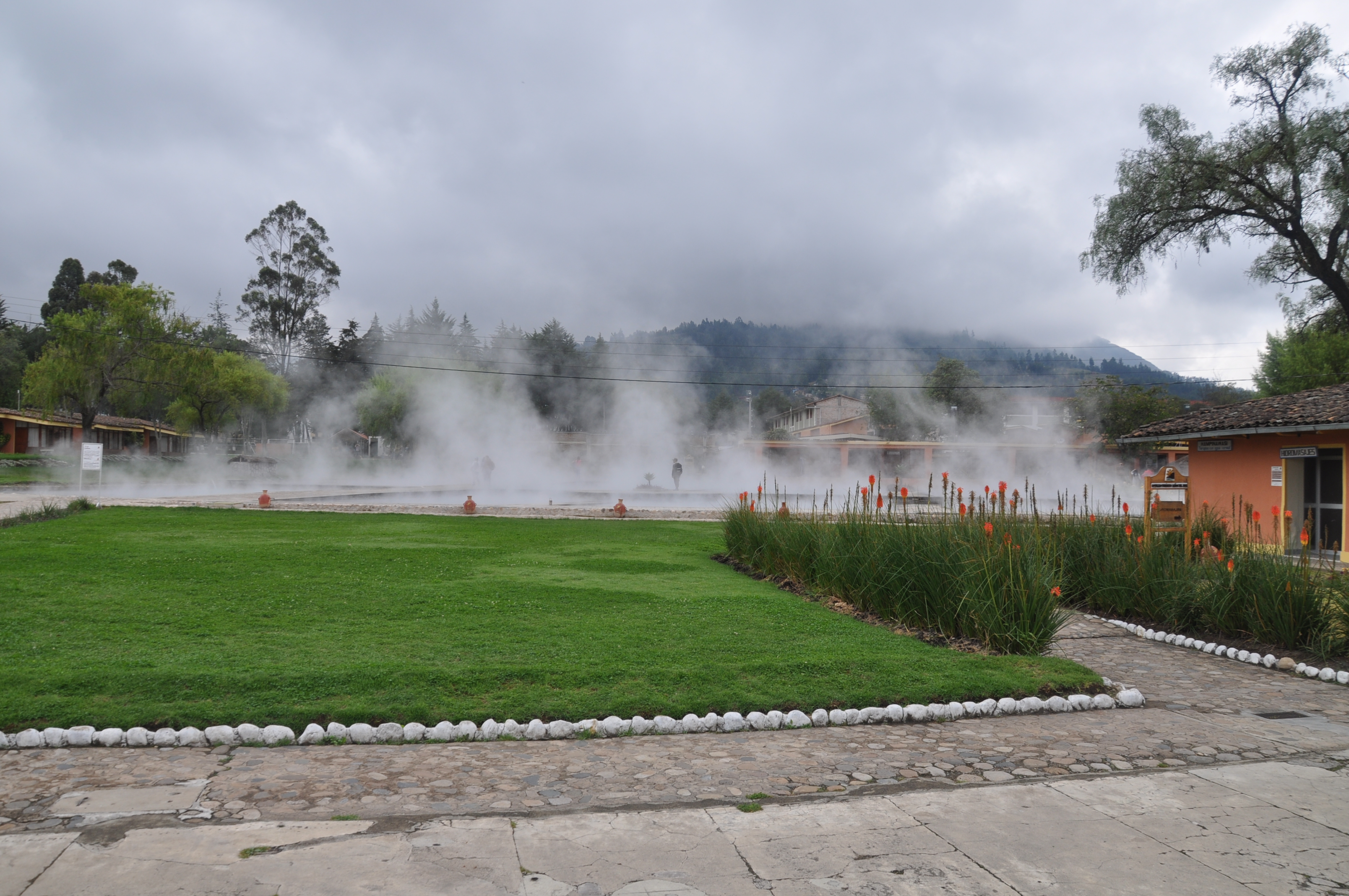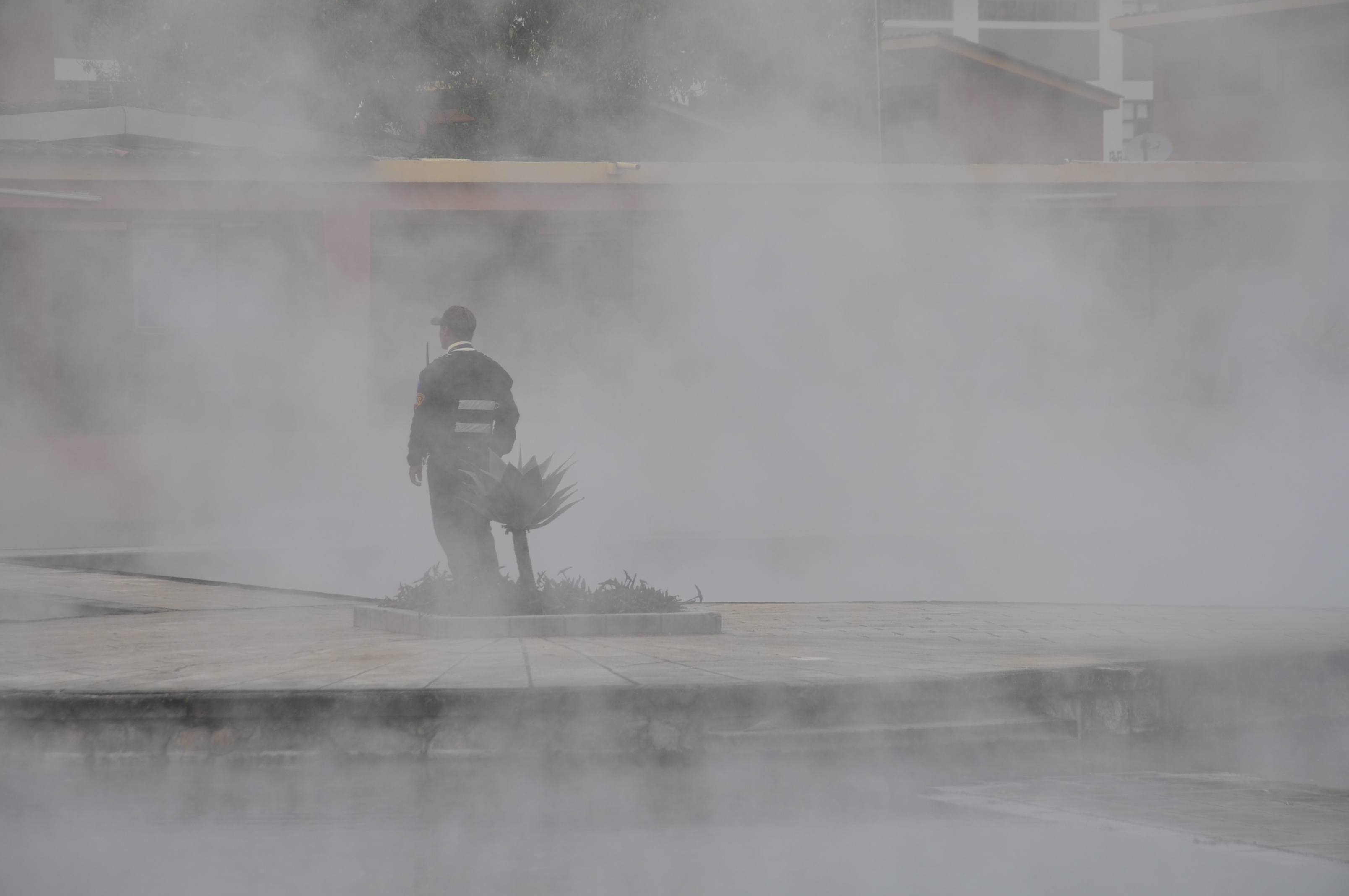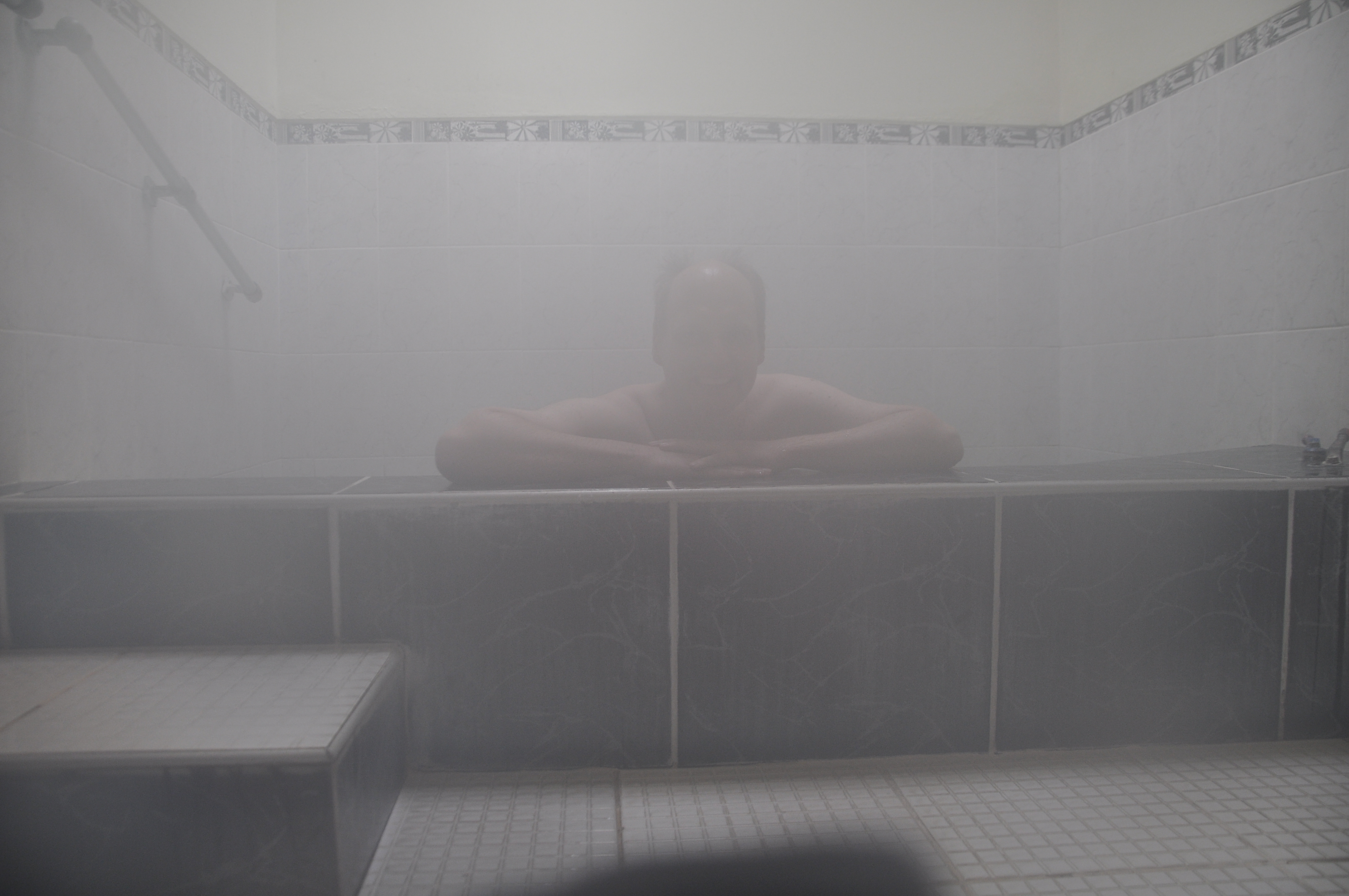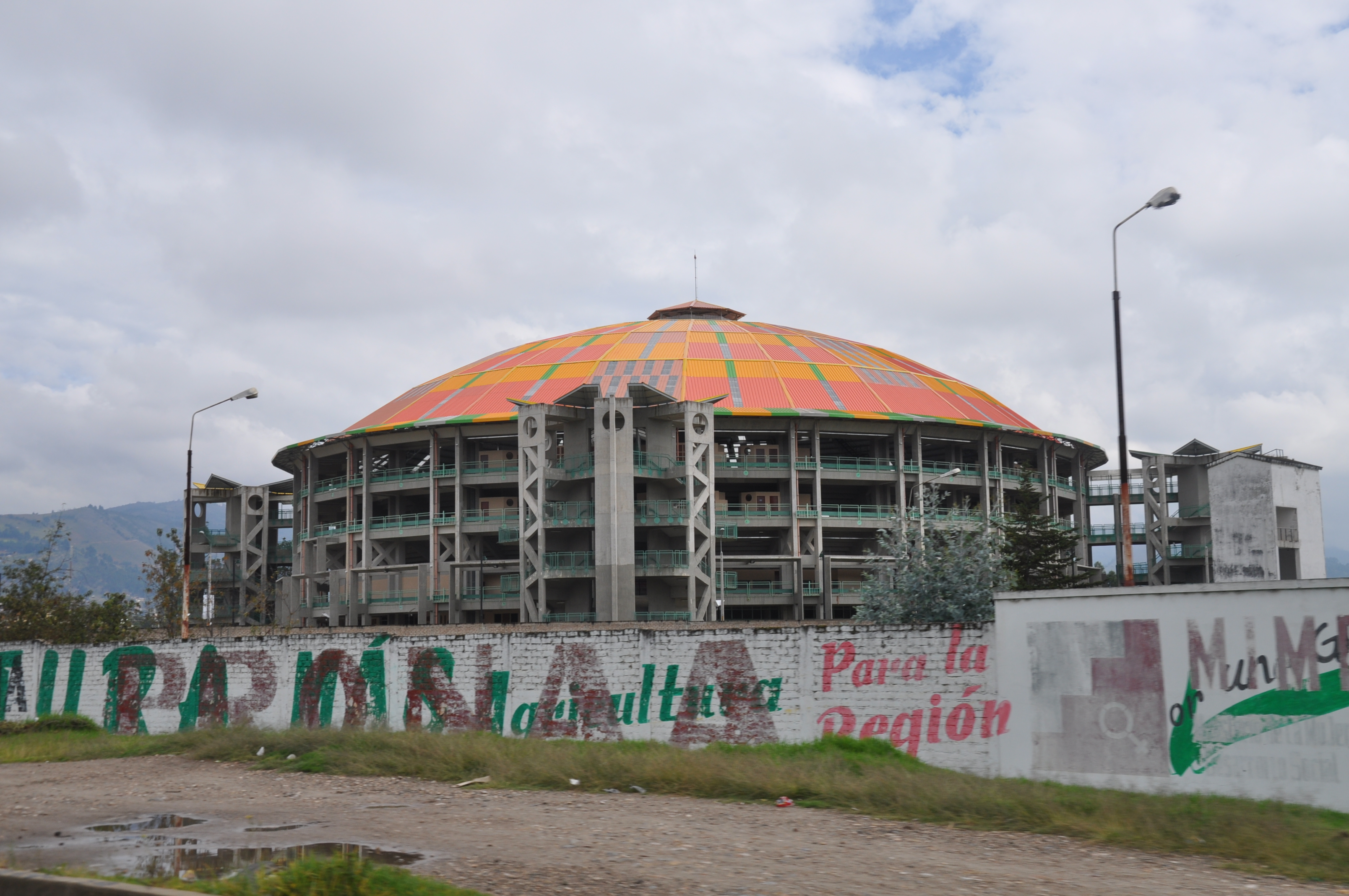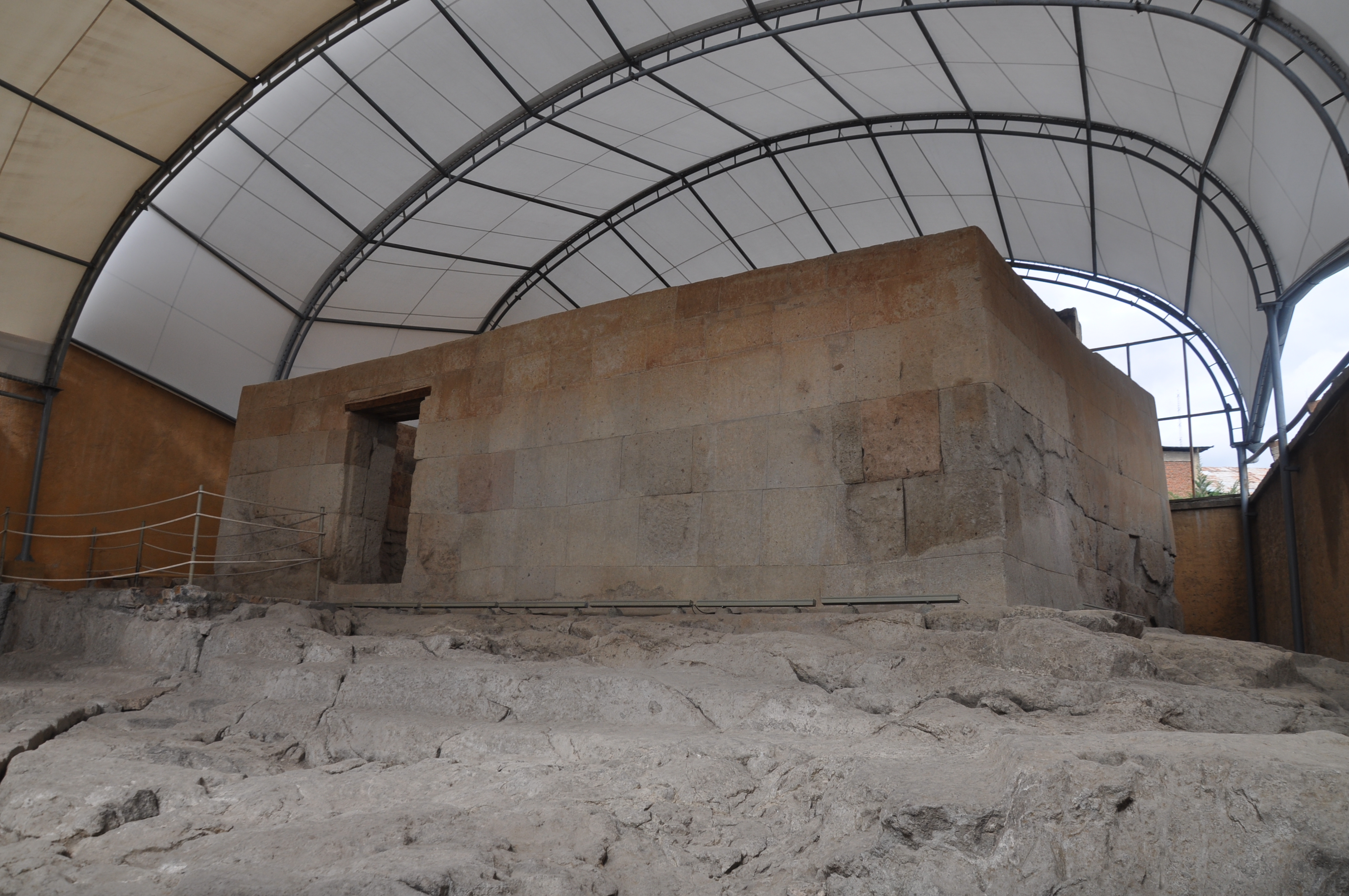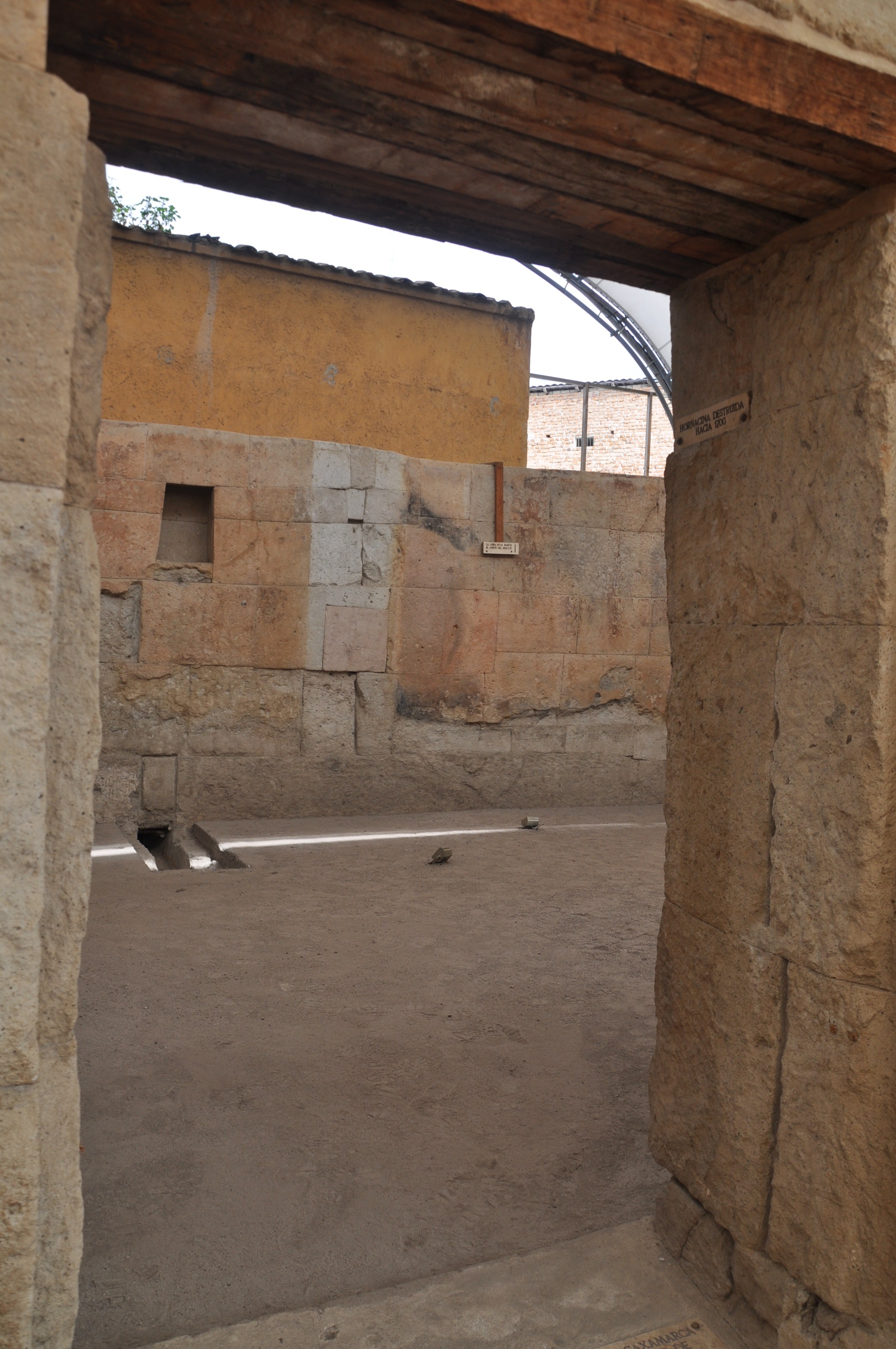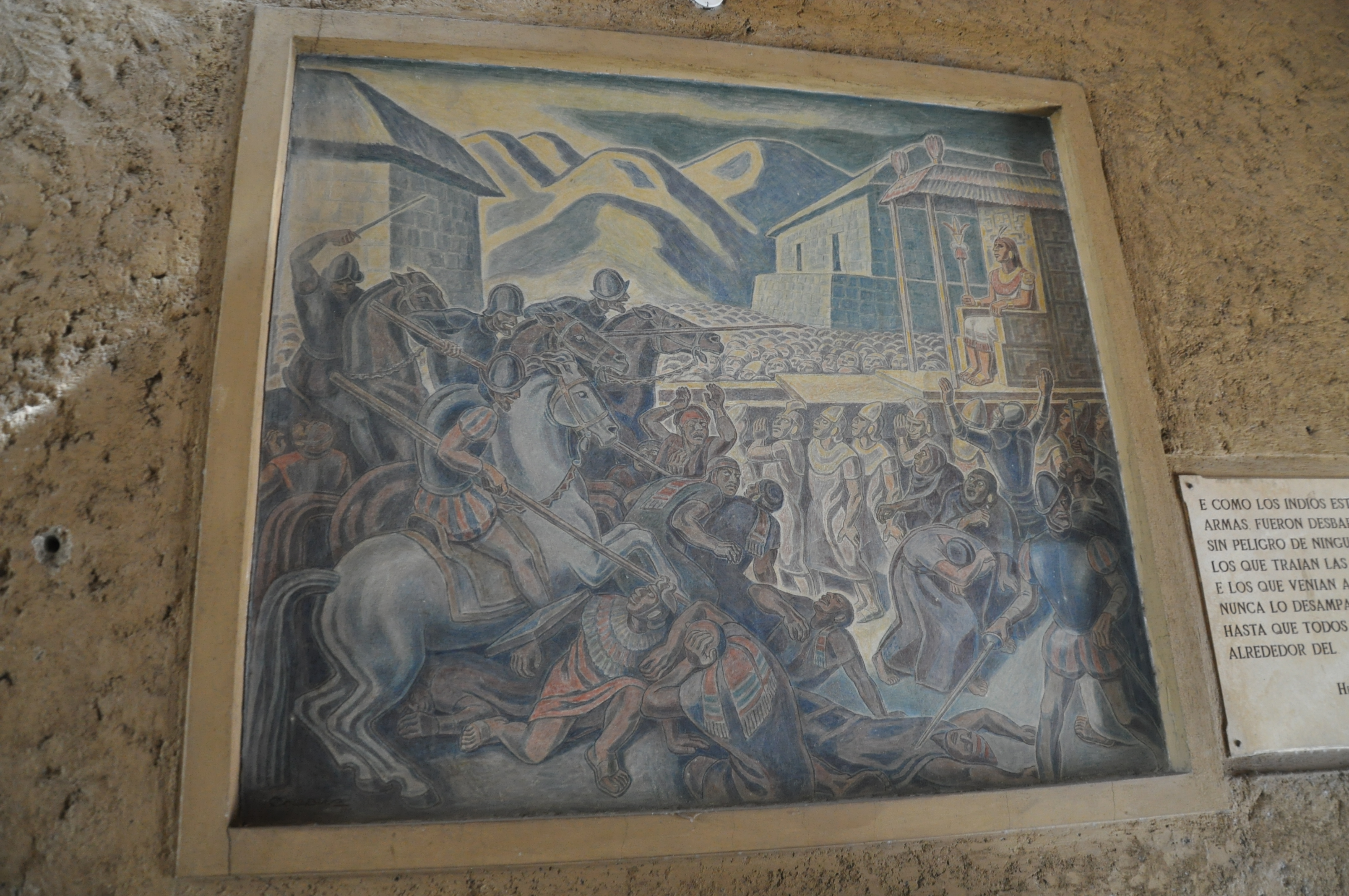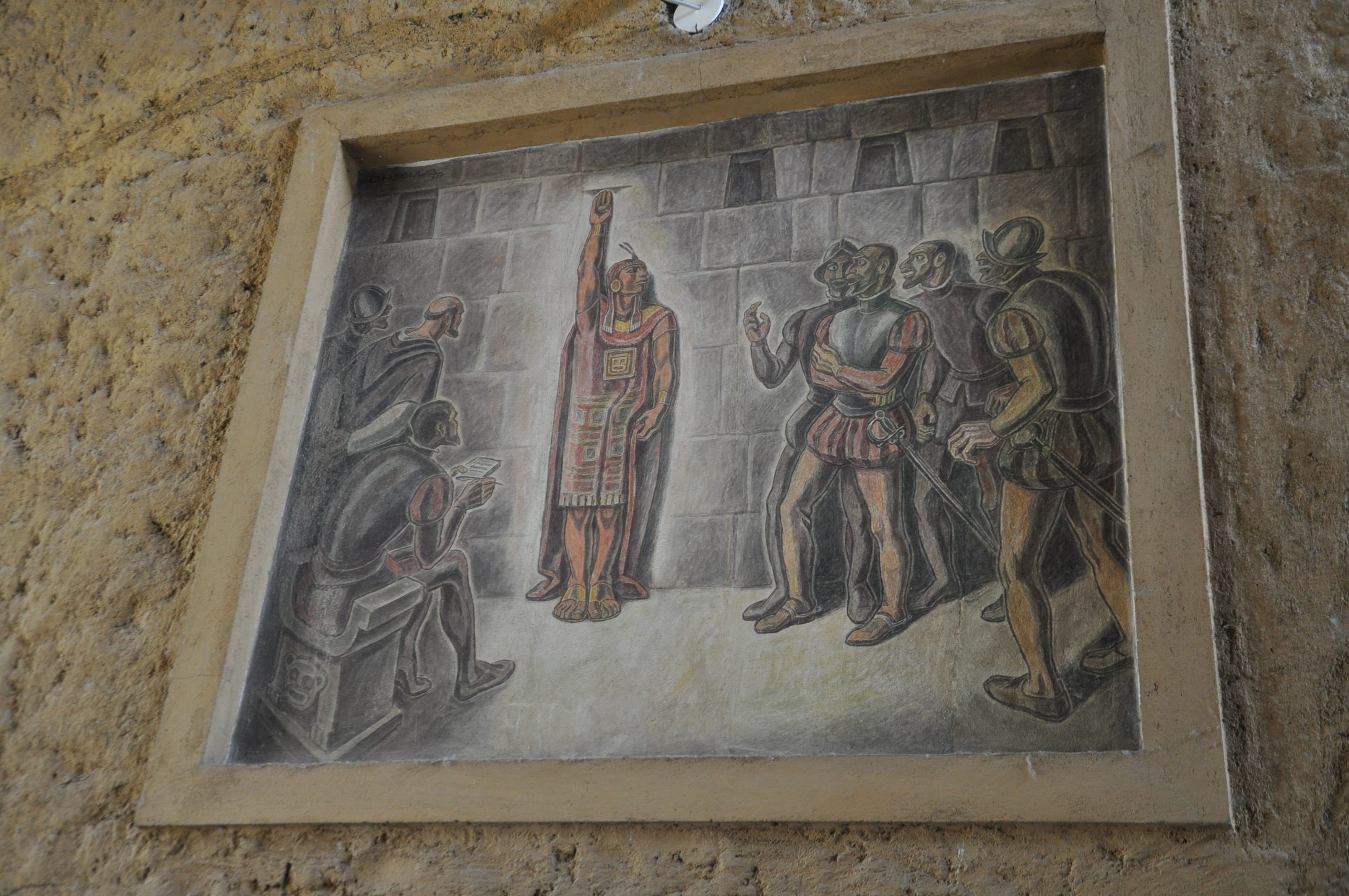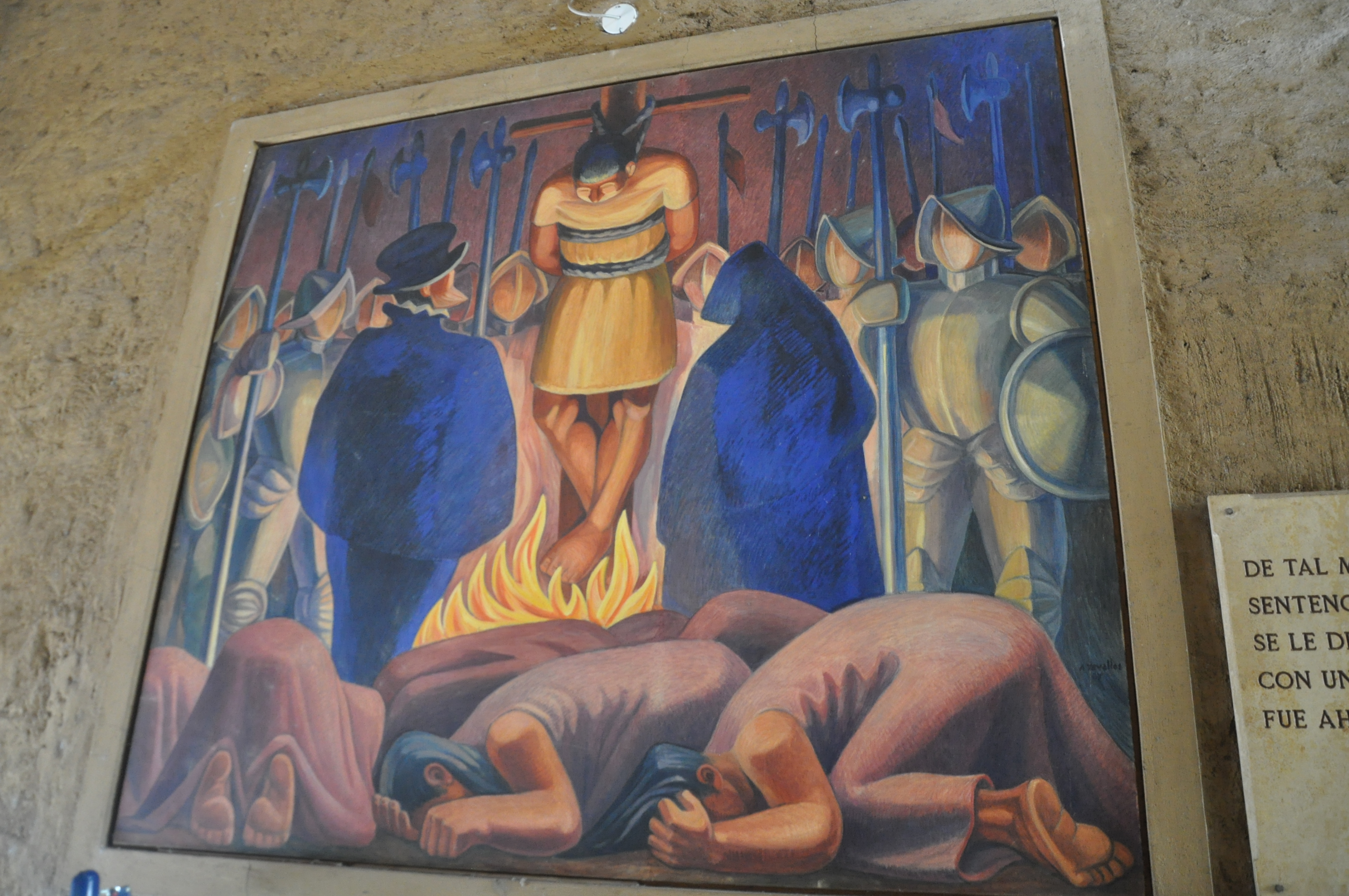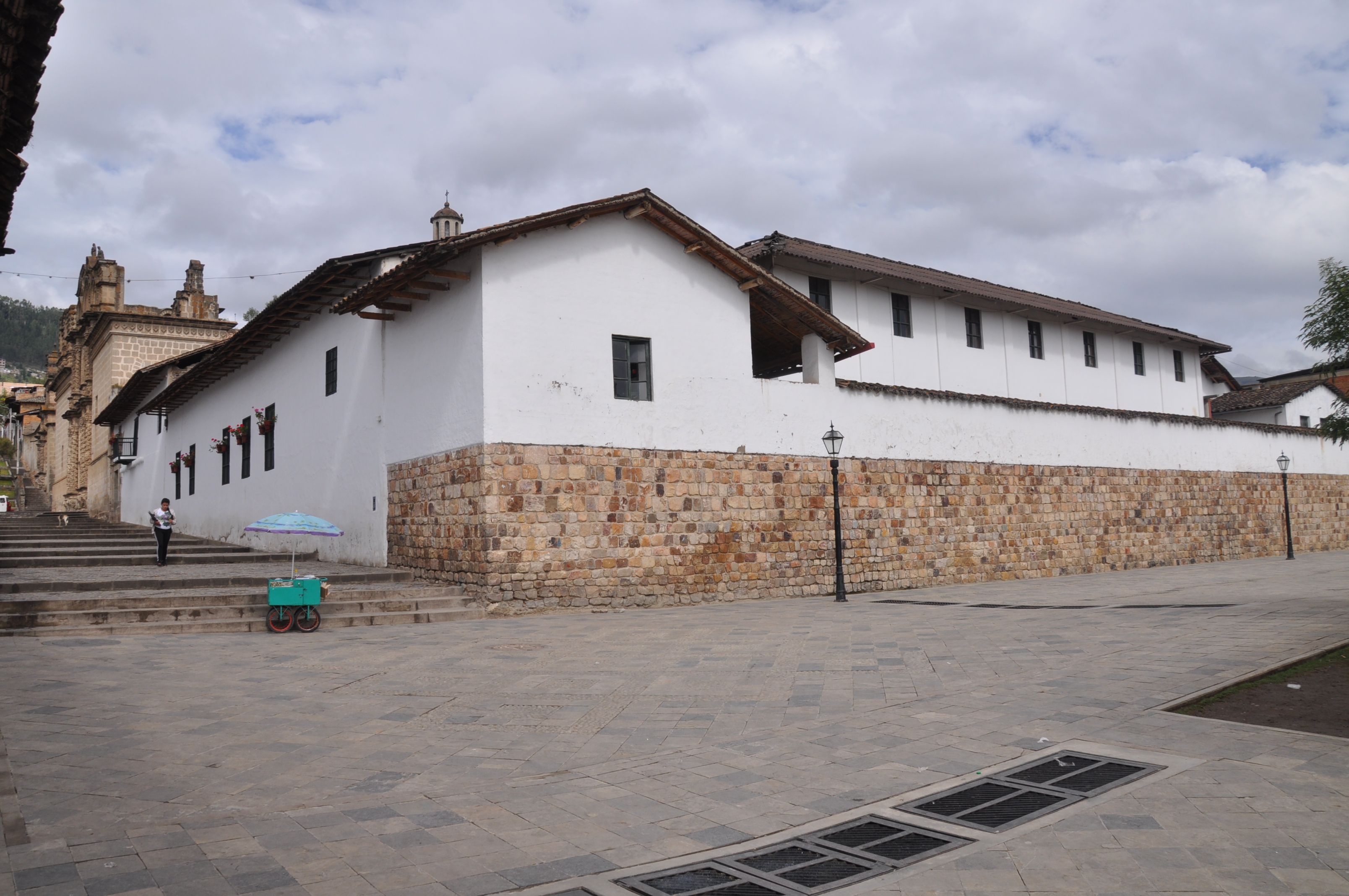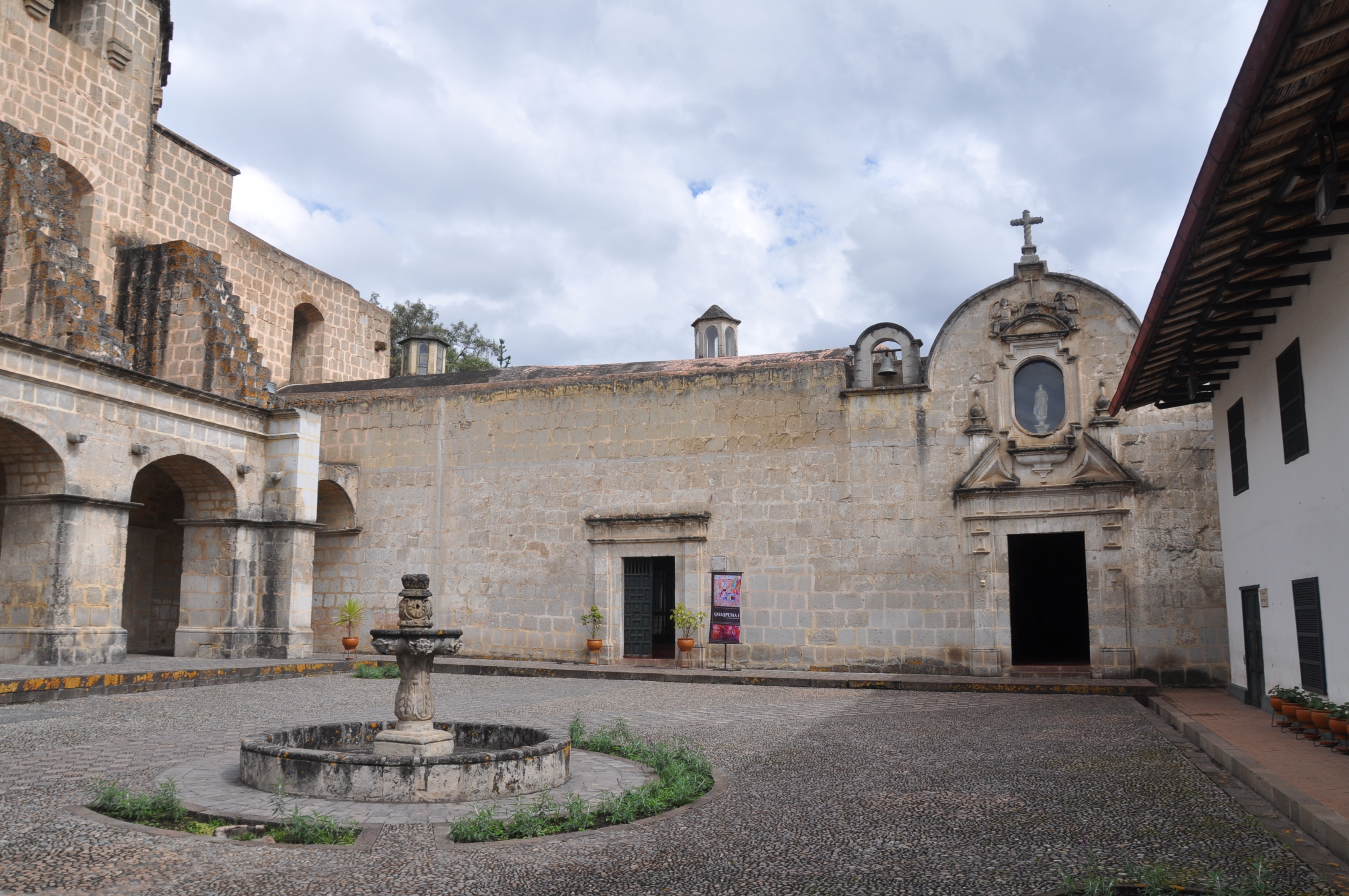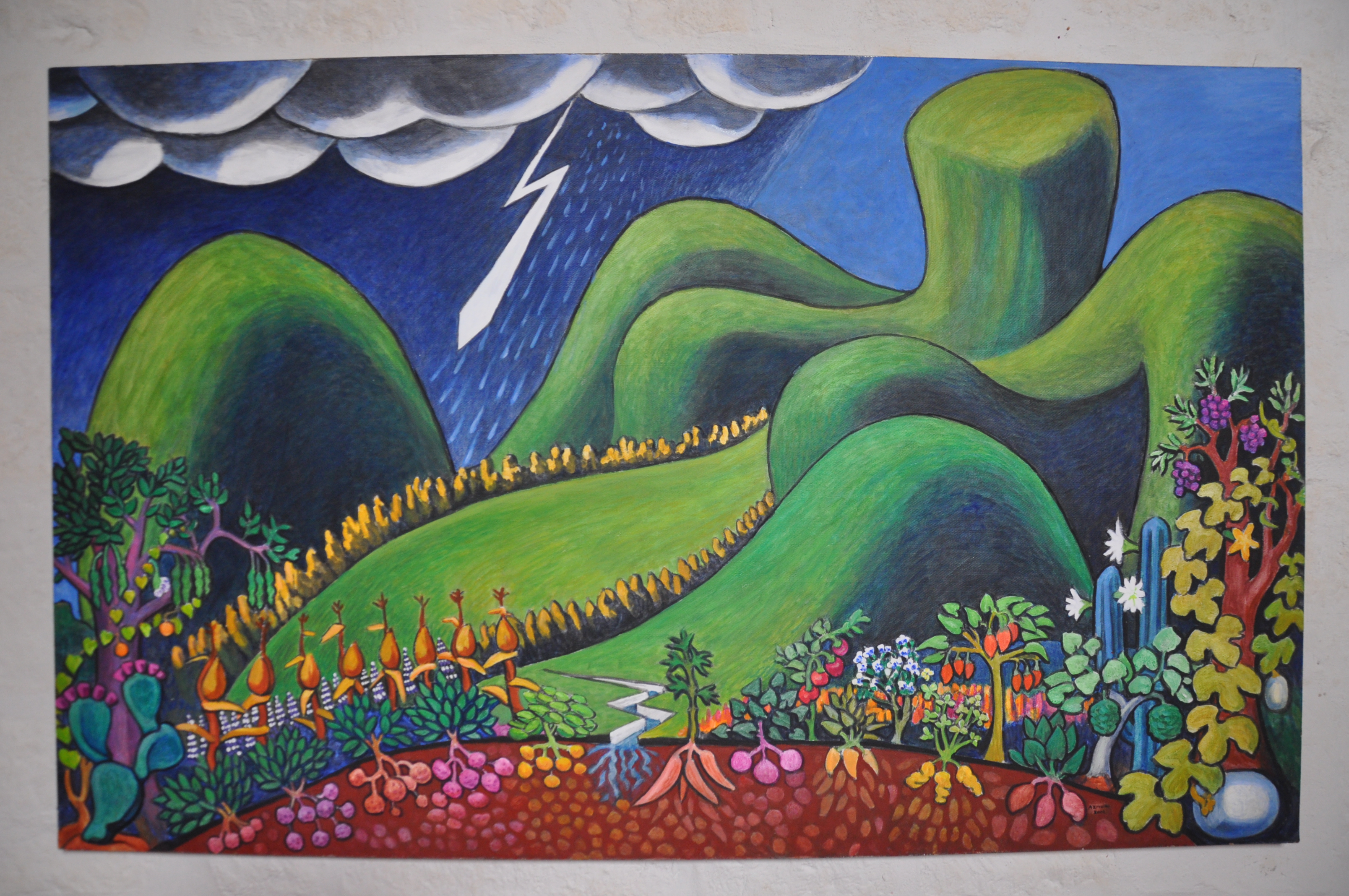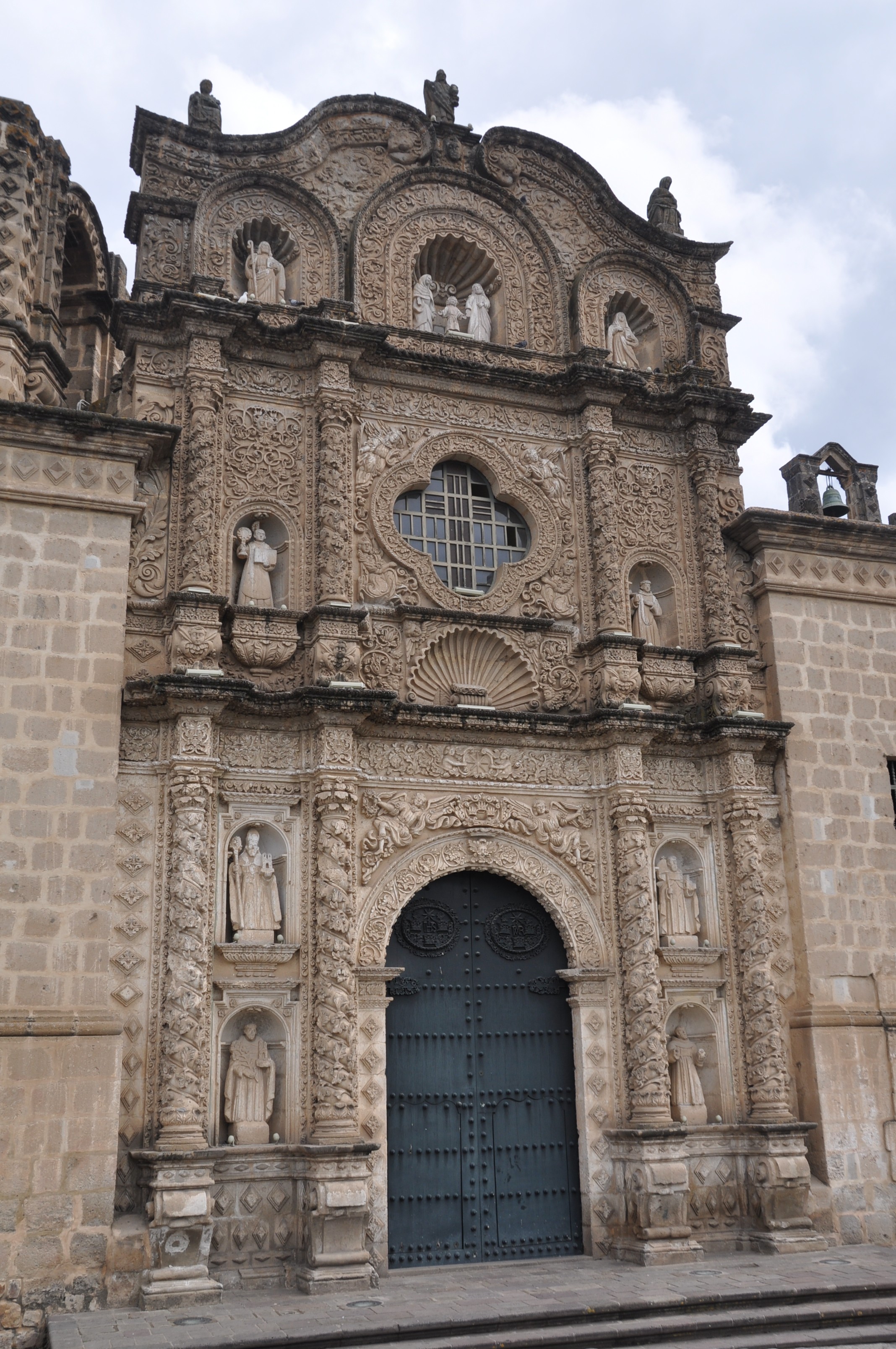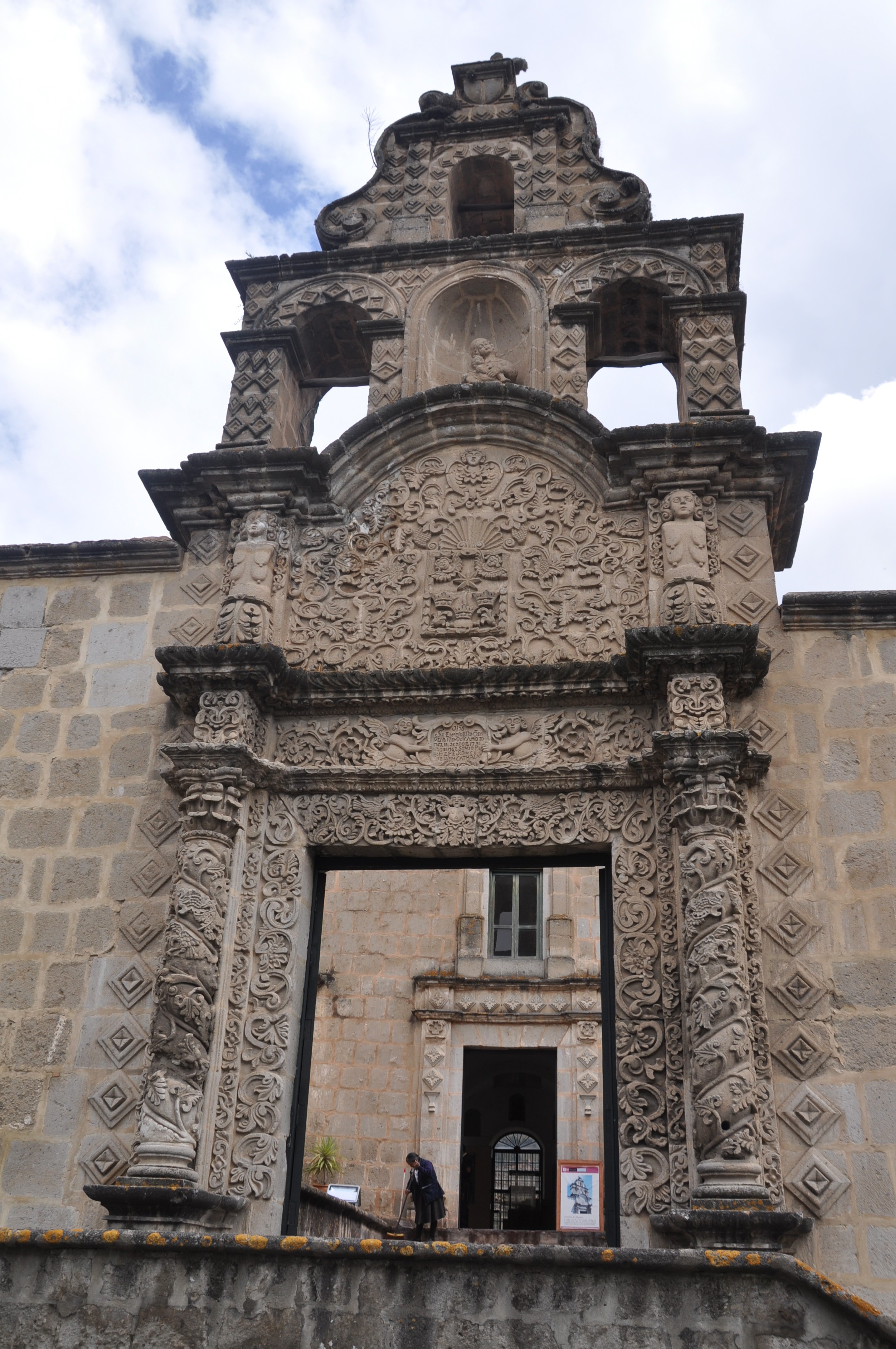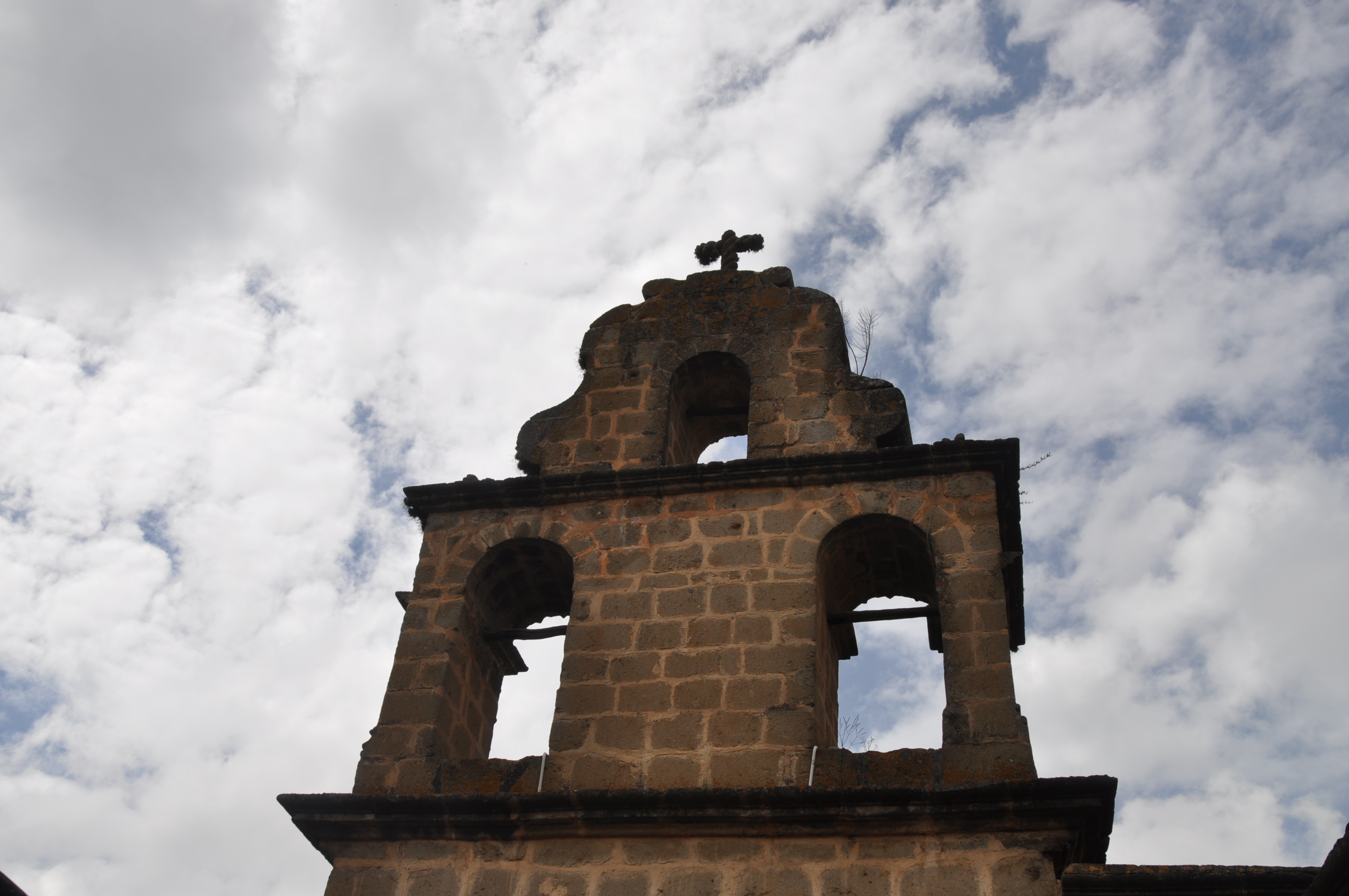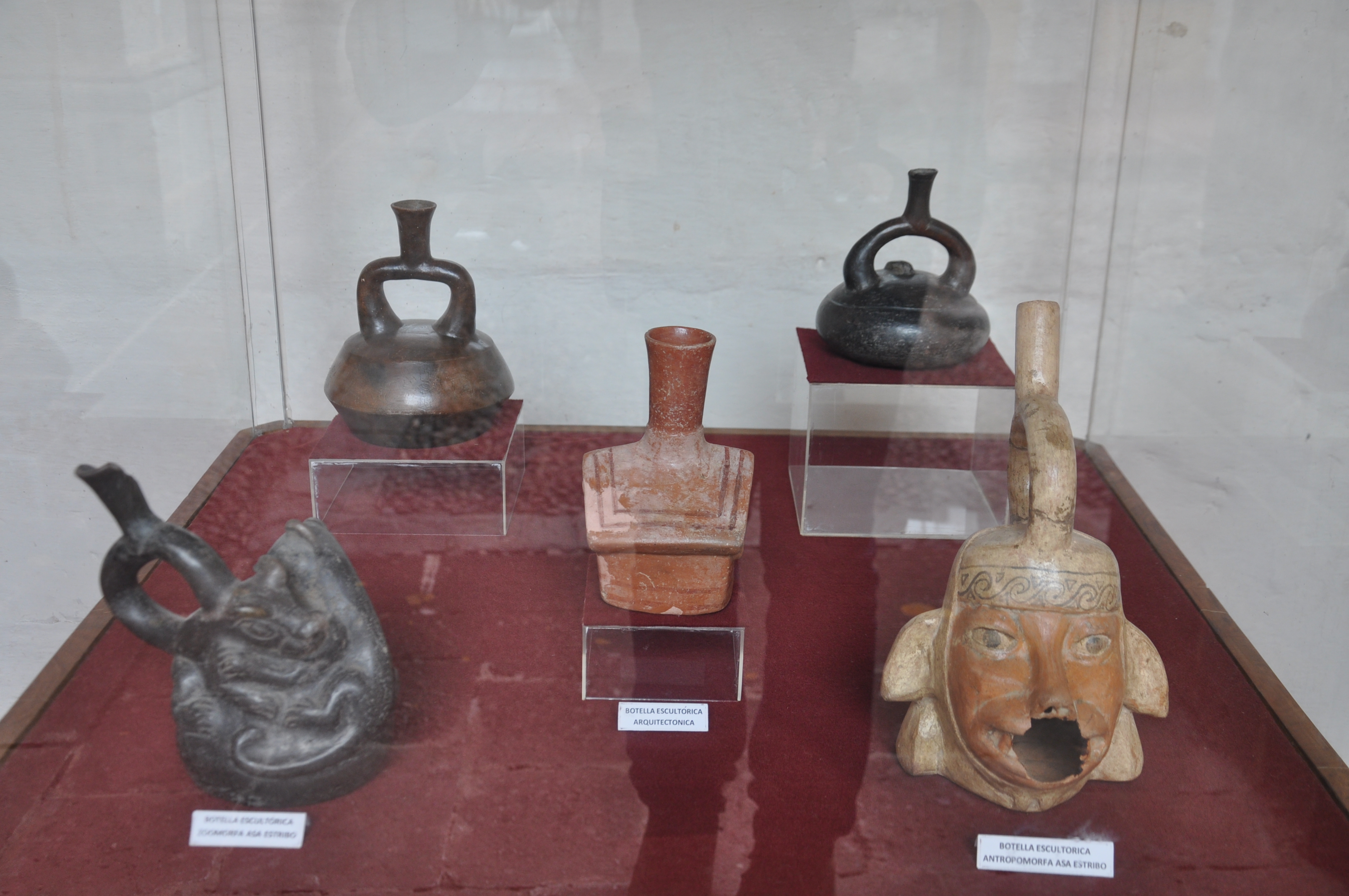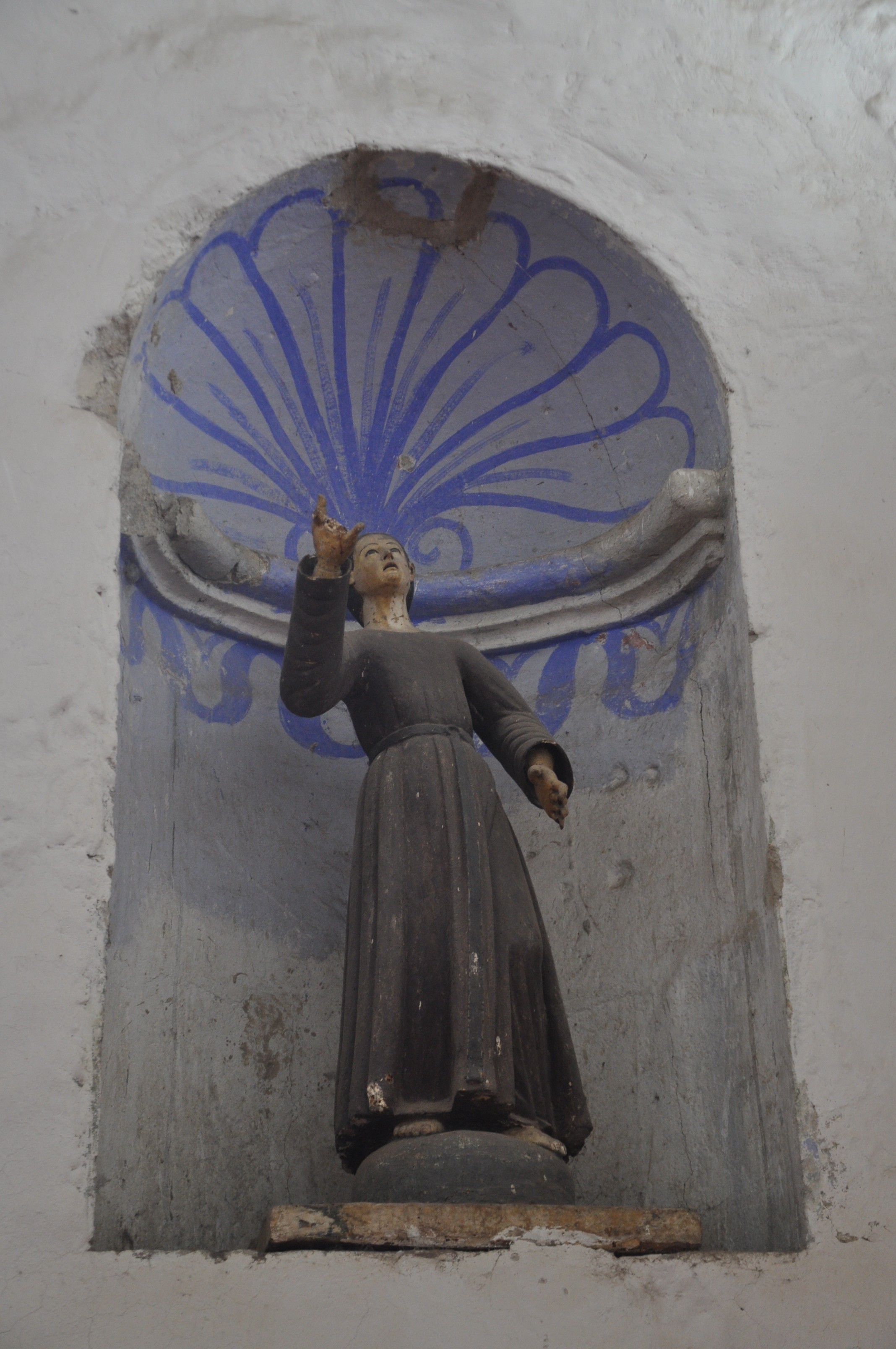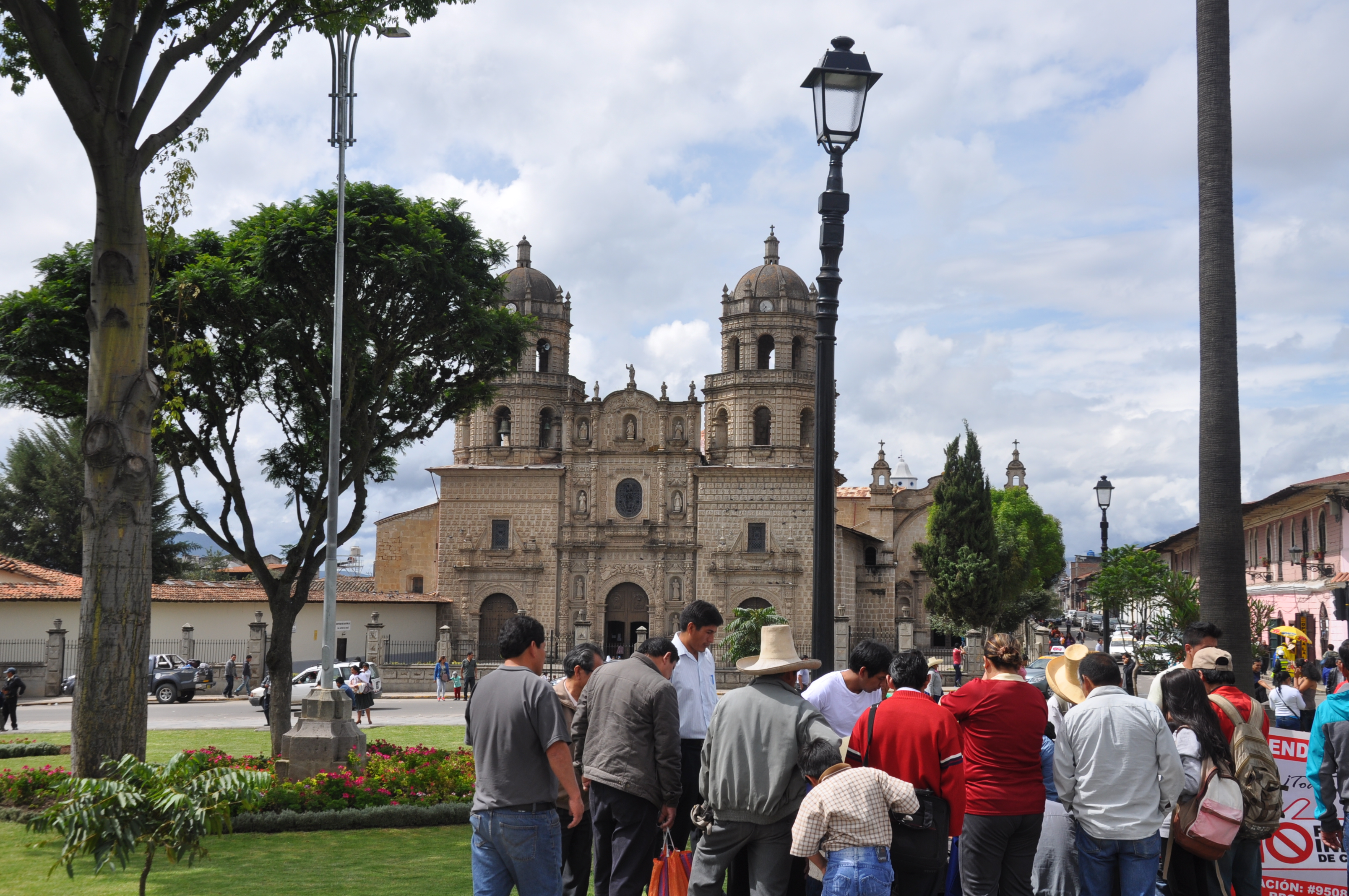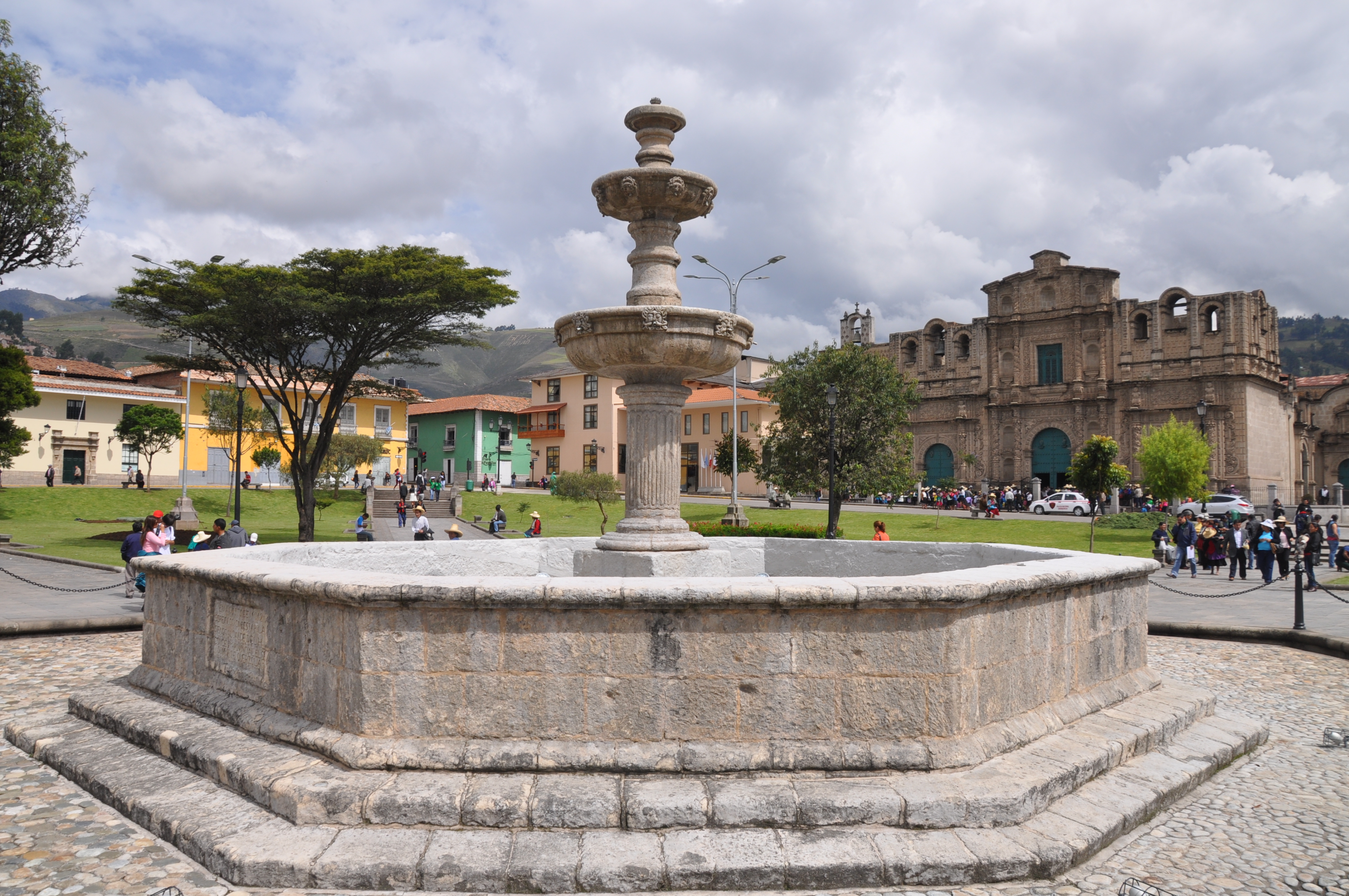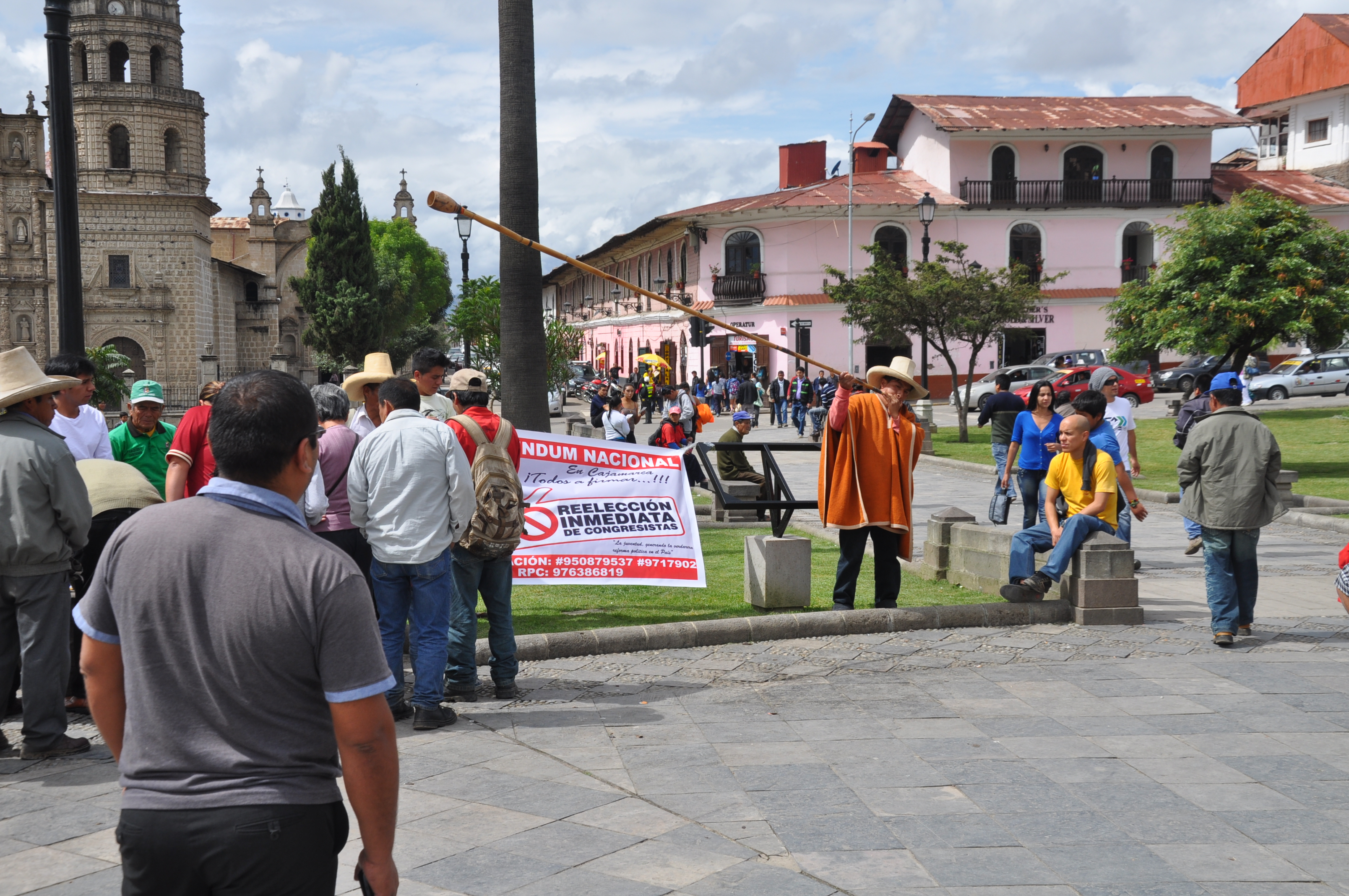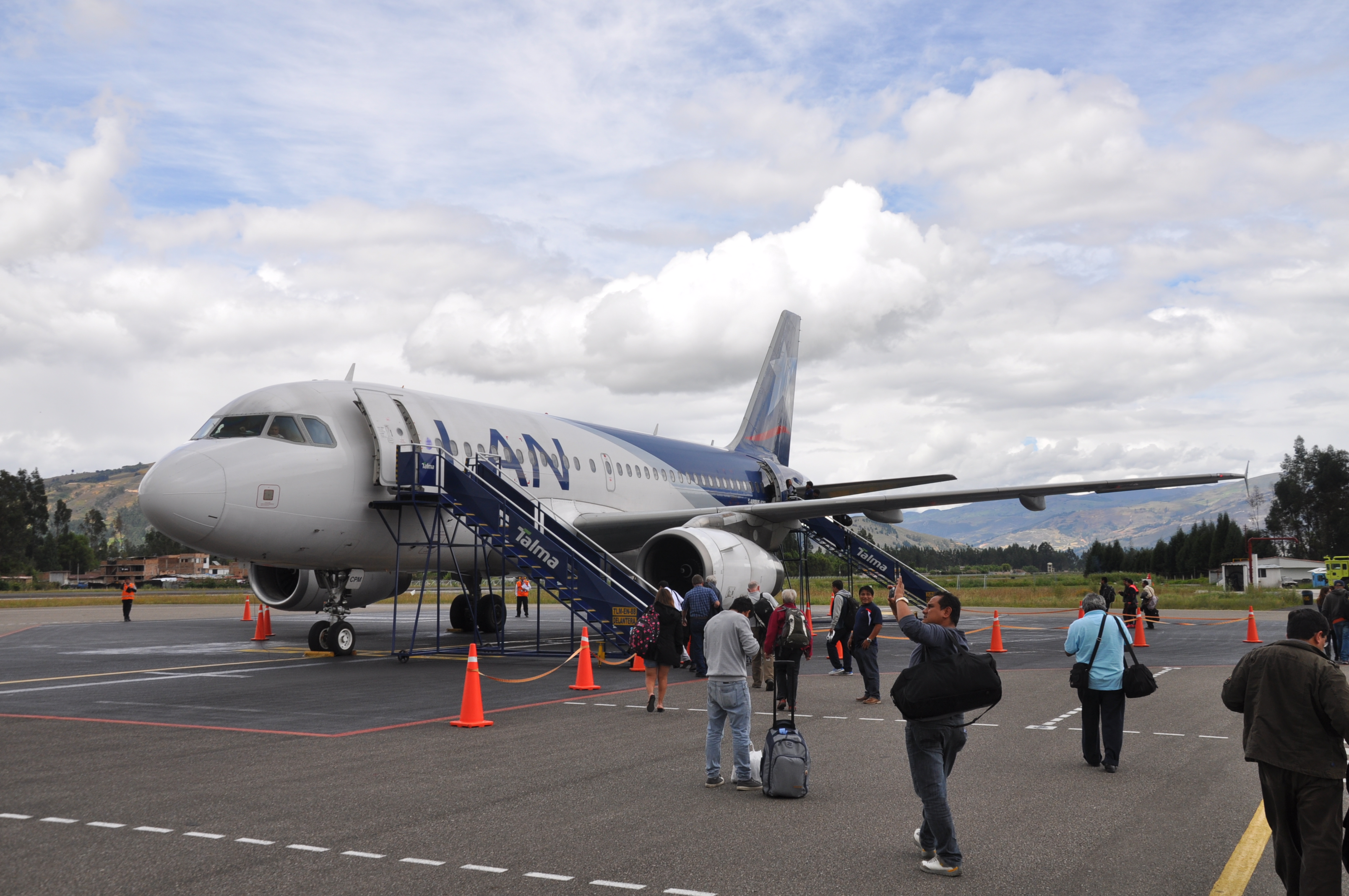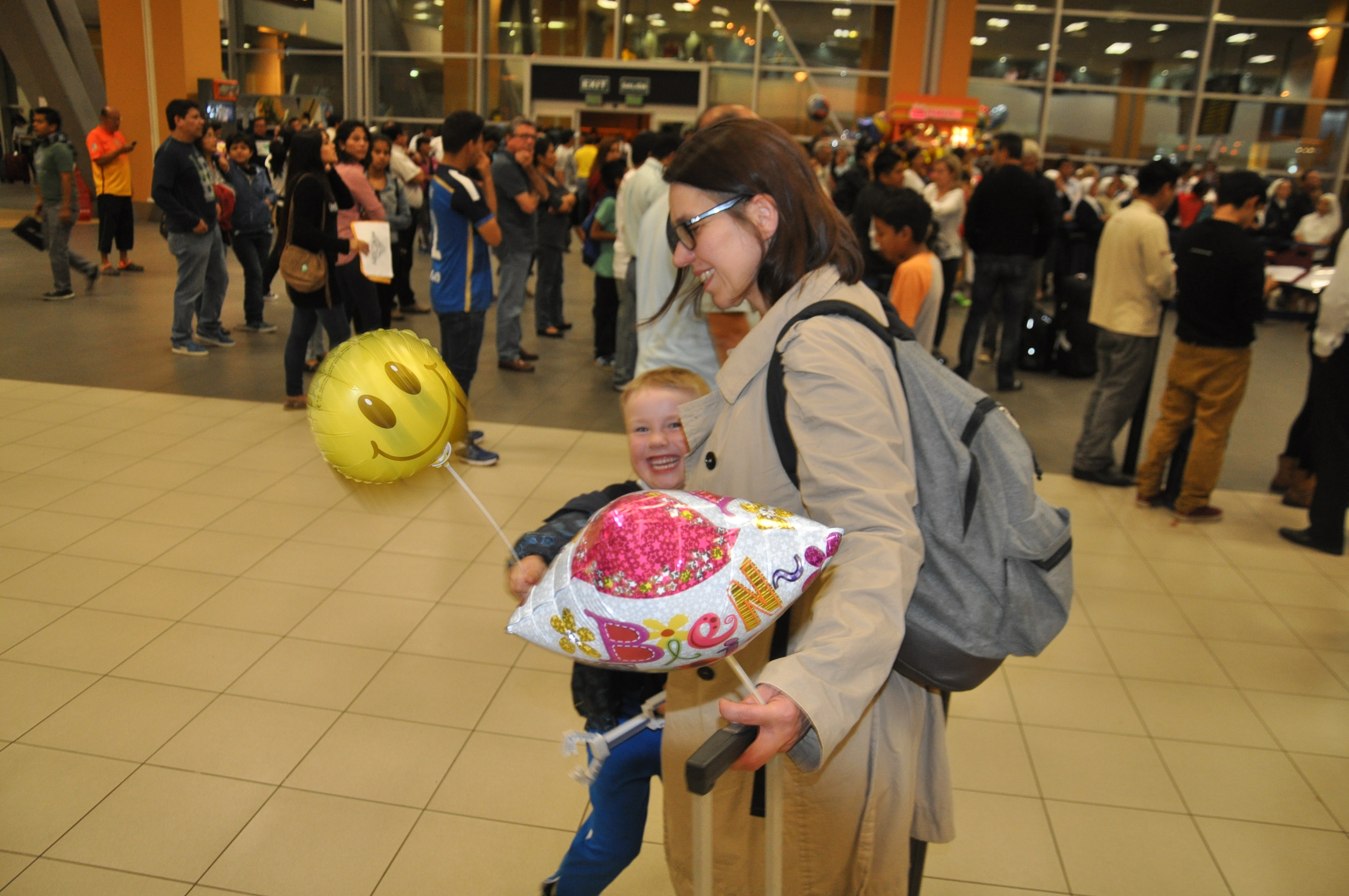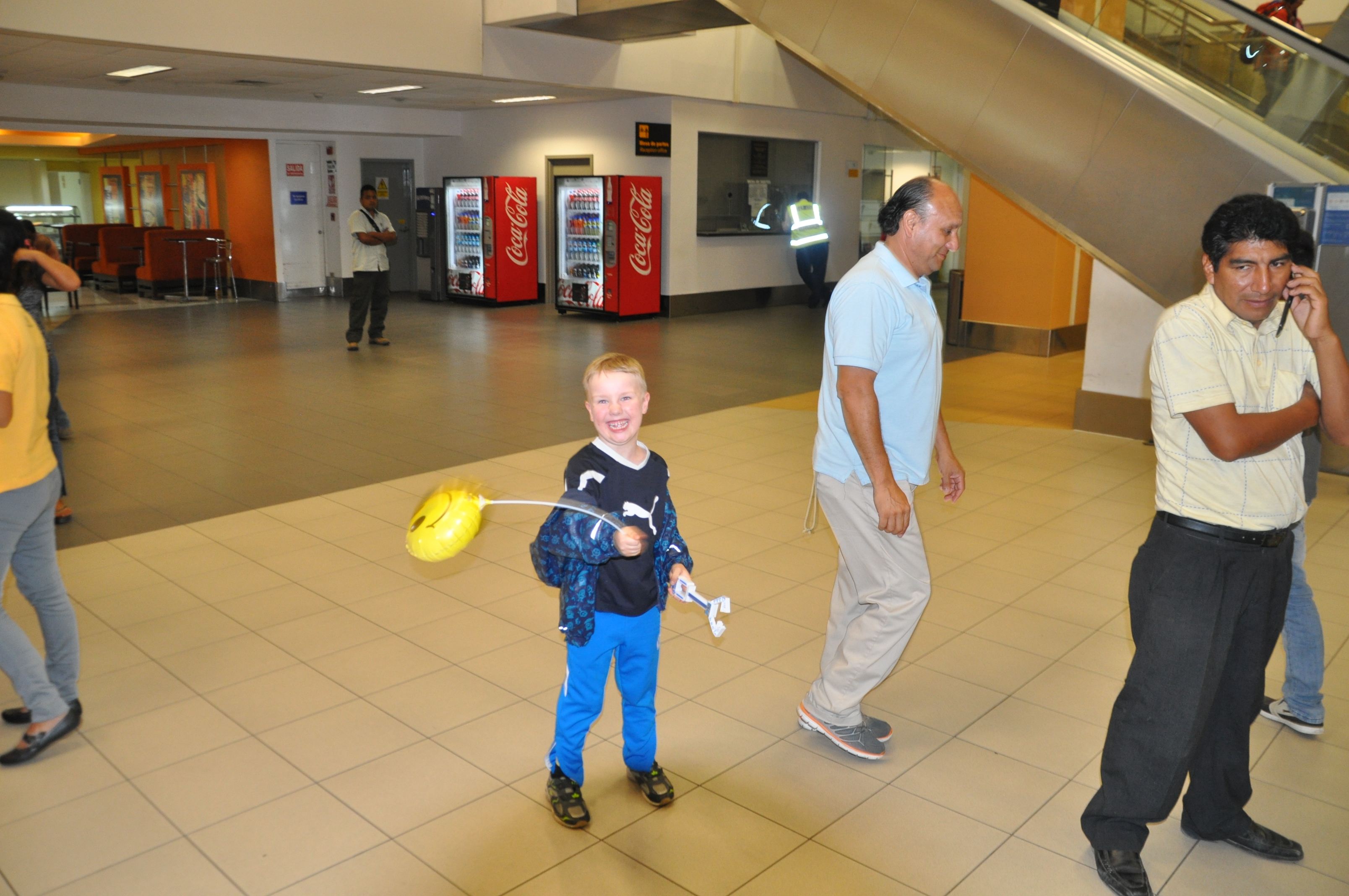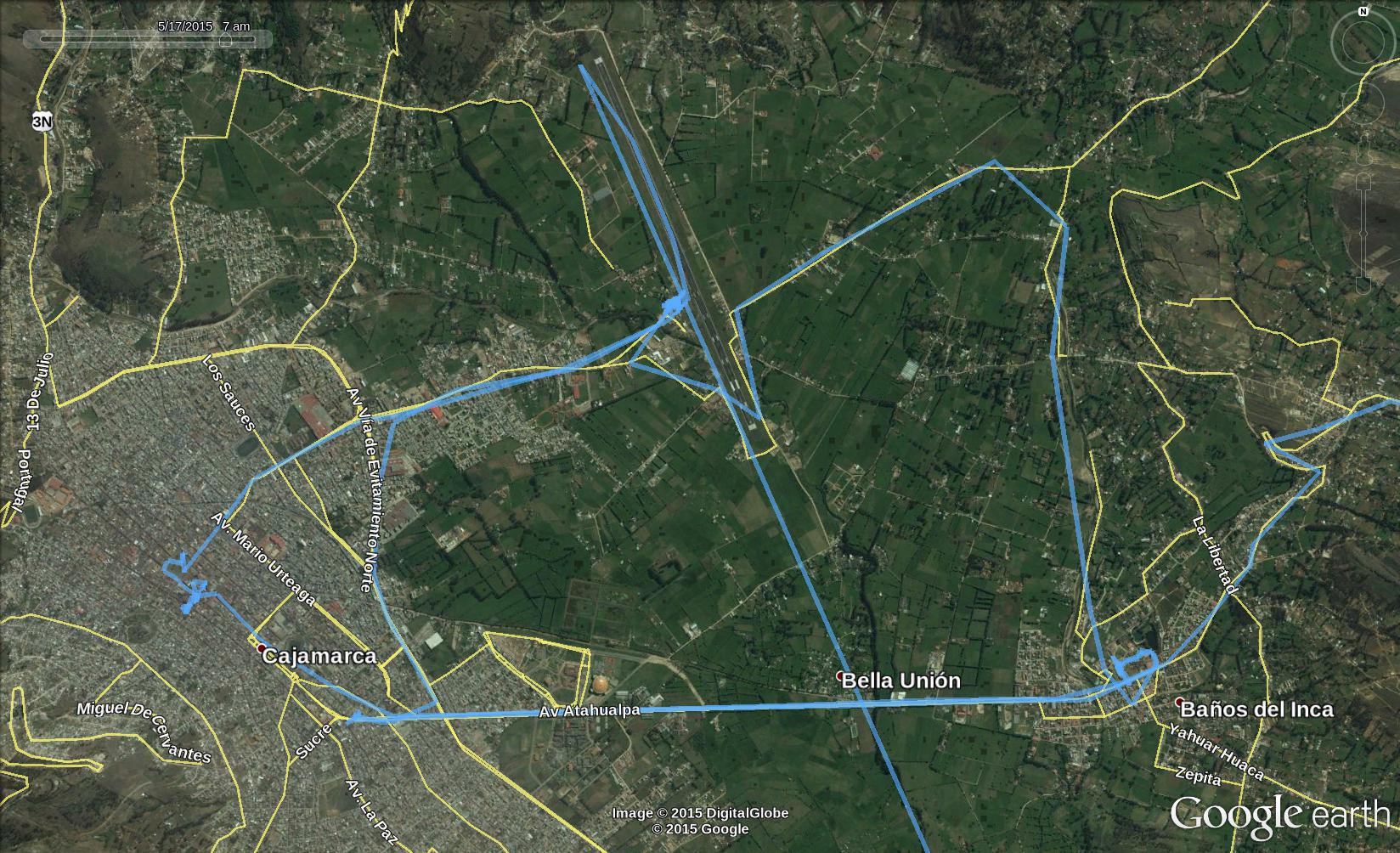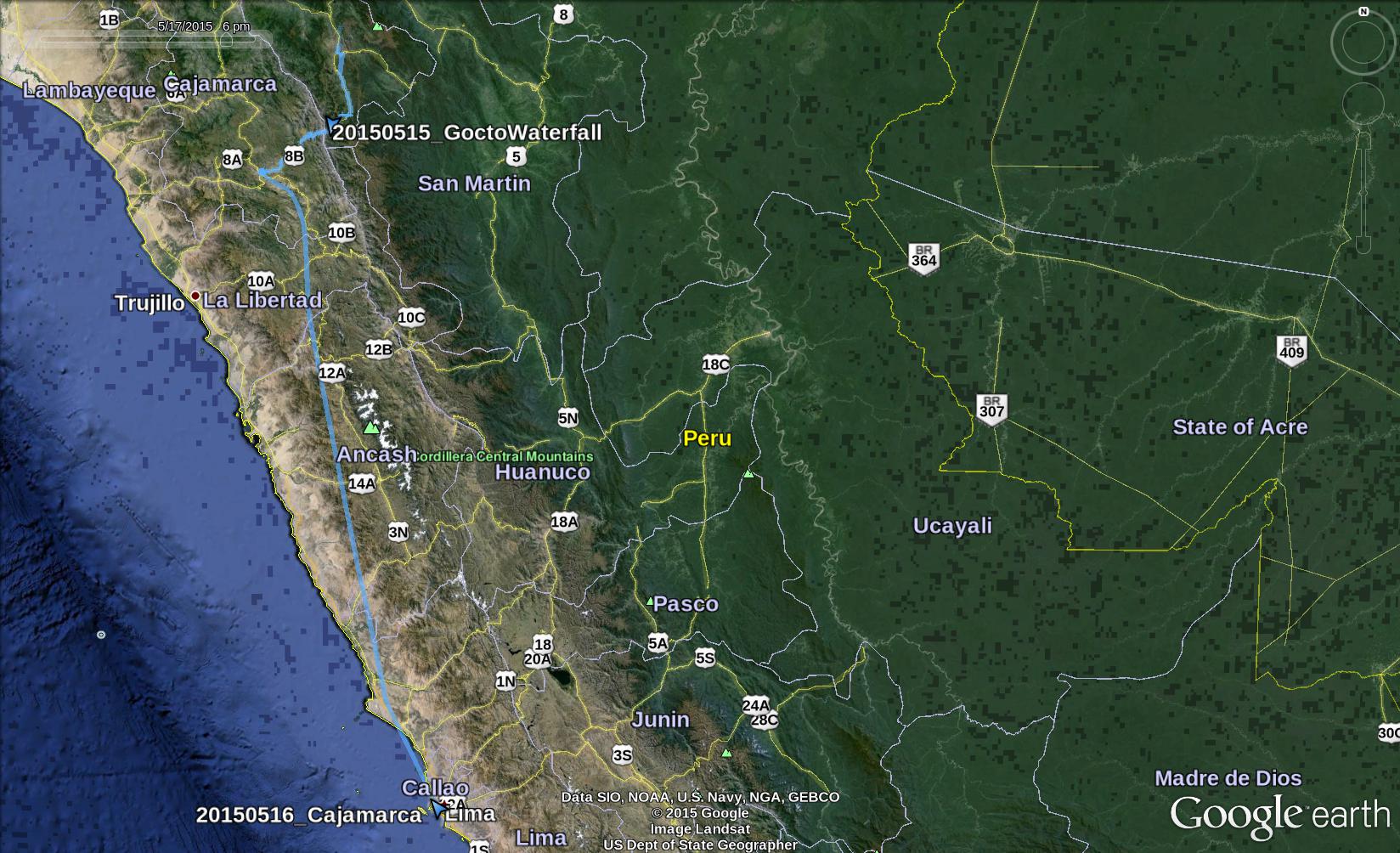History
The area of Cajamarca is continuously inhabited since 2000 years. During the reign of Inca king Pachacuti, sometimes between 1463 and 1471, Cajamarca and the surrounding area were conquered by his son Tupac Inca and added to the Inca empire.
From 1527 – 1532, Atahualpa Inca resided in Cajamarca fighting a civil war against is half brother Huáscar for the throne in Quito (which is today in Ecuador). The first major confrontation is known as the Battle of Chimborazo and took place in early 1532. Even though the exact numbers of soldiers is not known, these battles were large scale conflicts involving 10ths of thousand or even hundreds of thousand of soldiers. In April 1532, the civil war for supremacy ended, when Atahualpa’s generals Quizquiz and Chalicuchima defeated Huáscar’s armies in the battle of Quipaipan (near Cusco), seized his capital Cusco, and captured him. Atahualpa then had about 30 % of Cusco’s population killed.
Atahualpa now ruled over the whole Inca empire. He would however not be able to enjoy his victories for too long. On November 15th 1532, the Spanish conquistadores arrived in Cajamarca. They found the town largely deserted as most Incas including Atahualpa had left for the hot spring in nearby Baños del Inca. The following day, the Spanish persuaded Atahualpa to return to Cajamarca for a meeting. Atahulpa had around 80000 troops at his disposal in Cajamarca, and underestimated the danger that Pizzaro and his 168 heavily armed soldiers represented. The day ended with Atahualpa being captured, and many of his accompanying 4000-5000 soldiers slaughtered. No one of the Spanish conquistadores was killed.
Realising the lust for precious metals of his oppressors, Atahualpa offered to fill a room with gold one time and twice with silver in return for his freedom. To rule out competitors offering more gold which would endanger his release, he had his half brother Huascar killed. The conquistadores happily agreed to his proposal, and took the gold and silver. Then they reconsidered, and staged a mocked trial that was presided by Francisco Pizzaro and Diego de Almagra. The verdict was predetermined and the court handed down a death sentences to Atahualpa. In fact, Pizzaro feared military campaigns from the Incas should he set Atahualpa free. Pizzaro however was not completely without mercy: In exchange for Atahualpa conversion to Catholicism, he commuted his sentence from death by burning into the death by garrotting. According to Inca believe, burning the body would destroy the soil. Athualpa was baptised as Francisco Atahualpa in honour of Francisco Pizzaro, and then executed on July 26th 1533.
Well, tought times. Very few of the actors during this part of South American history would die of natural causes, neither on the Spanish, nor on the Inca side. Also Pizzaro and Diego de Almagra both died untimely deaths. Diego de Almagra was garotted on command of Hernando Pizzaro, the brother of Francisco Pizzaro in 1538 as result of a power struggle, and Francisco Pizzaro was stabbed to death in revenge by Almagra’s son in 1541. And Peru’s population diminished from about 7 millions to around 500000 in just 50 years. What the conquistadores did not do by forced labour, illnesses imported from Europe such as smallpox and measles did.
Visiting Cajamarca
Arrival in Cajamarca
After a strenuous night on the bus, I arrived in the morning at the central bus terminal in Cajamarca which is little more than a muddy plaza with countless potholes and some crooked sheds that are encircled by a fence.
First, I needed to sort out the logistics — I had to deposit my luggage at a safe place. No lockers in Cajamarca (I am not even sure if these exist somewhere in Peru) . I would leave to Lima in the afternoon, so no hotel to store the luggage either. After a little bit of thinking about my options (after a night on the bus and 2700 meters elevation, this took me a moment) , I went to the airport, and checked in my luggage.
El Baños del Inca
I then took a taxi to el Baños del Inca which is a small village next to Cajamarca. It features a hot spring that is next to a museum with the usual collection of human (Inca) skulls. After having bask in the warm water where Atabualpa once had enjoyed himself, I went back with my personal cab driver back to Cajamarca to see el cuarto del rescate or the ransom chamber.
El Cuarto del Rescate/Ransom Room
The name as well as the line painted on the wall marking the level to which Atahualpa intended to fill the room with gold is actually misleading. The room in which the gold was collected no longer exists. The building that is shown to the ill-informed tourist is actually the only remaining Inca building in Cajamarca and the room, in which Atahualpa was held in captivity. Only recently, a tent was set up over the building to protect it from the environment. At the entrance, there are some modern day paintings depicting the events that unfolded with the arrival of the Spanish conquistadores.
El Complejo de Belén
The complex was constructed from volcanic rock between 1627 and 1773, and housed a hospital for men as well as a baroque church (Igelsia de Belén). Today, the hospital houses a modern art gallery featuring works by local artists. According to the guide book, the façade of the church entrance depicts a women with four breasts which supposedly reflects an affliction. I was however not able to clearly make out this statue.
Museo Arqueológico y Etnográfico
Just next to Complejo de Bèlen, there is another colonial building. It used to be the womens’ hospital. Today, there is an archaeological museum displaying artefacts produced by local cultures (not necessary Inca), such as cloths, pottery, music instruments, as well as other objects of daily need.
Plaza del Armas
I finished sightseeing by visiting Plaza del Armas, the location were the Inca empire started to crumble with the capture of Atahualpa Inca. It has the usual layout: A squared plaza with churches bordering (Catedral de Cajamarca, and Iglesia de San Francisco), and a fountain in the middle. Next to the fountain, there was a musician playing a long pipe-shaped instrument which sounded like a didgeridoo. Apparently, it was not only long, but also heavy, as the musician required frequent breaks.
Lima
I would board the afternoon plane bound to Lima looking forward to pick Gisela and Felix at the airport in Lima.
